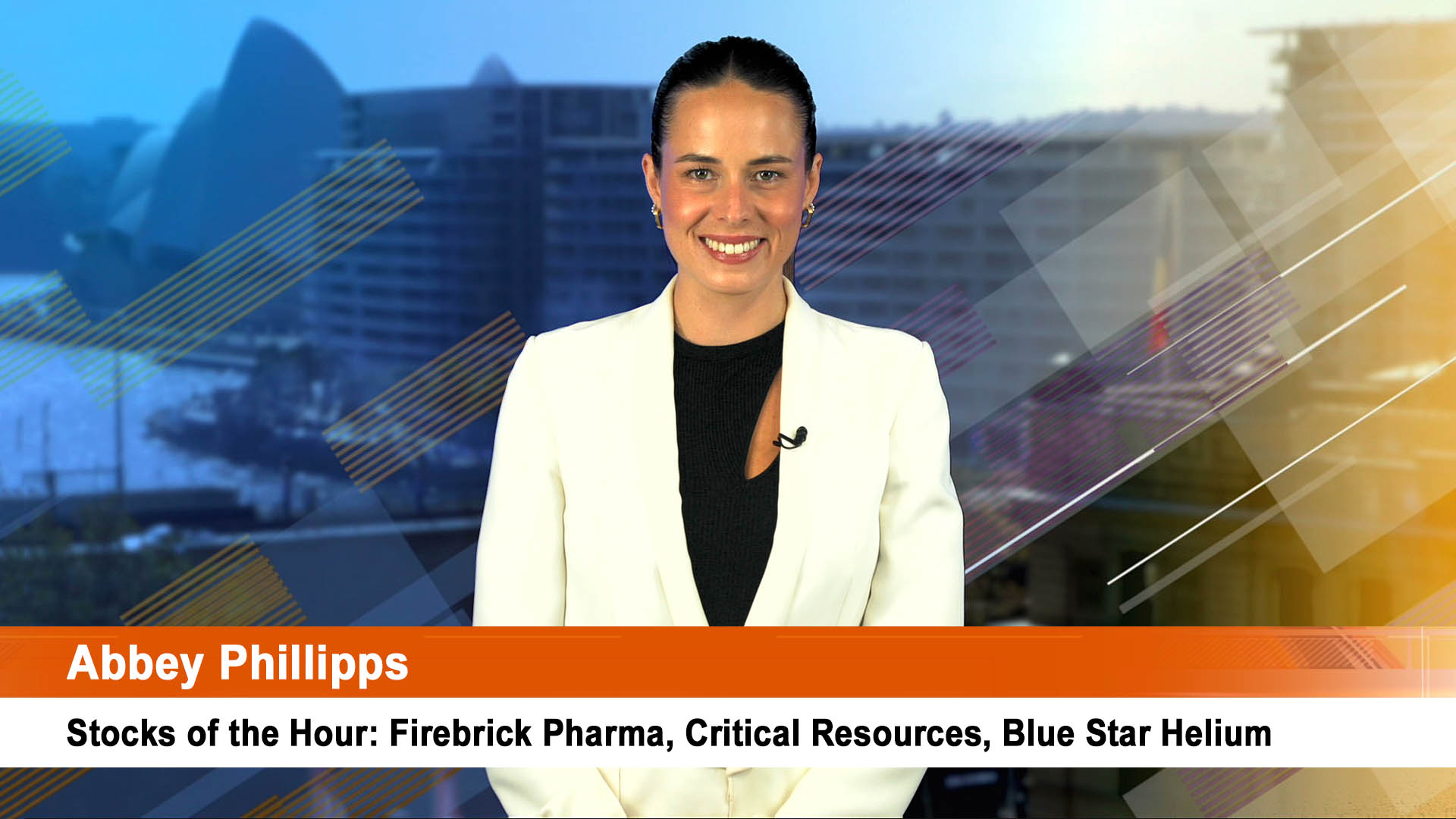In a dim world for small business accounting, Xero ((XRO)) provided a glimmer of light, reporting a maiden full year profit for FY20. The company has operating leverage from an expanding global platform, yet concerns prevail regarding new customer growth and the prospect of an increase in small business failures.
No guidance was provided on trading conditions in April and early May, as the company highlighted the uncertainty caused by the pandemic and the fact that a delay to price increases had impacted FY20 exit revenue.
Ord Minnett was disappointed from this perspective, given that FY20 was only minimally affected by the pandemic, and suspects the lack of guidance could lead to a large variation in expectations for the business going forward.
Xero has also deferred a price increase in the majority of regions and will review the decision in July. The main risk Citi identifies is whether new cloud accounting software users choose a cheaper solution, given the tough economic conditions.
Xero has historically discounted in the UK, and the broker’s analysis points to the discount being removed in coming months and business accounting plans being offered at full price.
Yet competitors Intuit and Sage continue to discount and Ord Minnett points out, in terms of the latter, new customer acquisitions were half the level previously expected in April and there has been a rise in customer churn.
Citi suspects FY21 has started off subdued, a function of the slowdown in new business and the fact that customers have other priorities and may defer purchase decisions.
Government stimulus measures are likely to stem the number of small business failures in the short term but churn is likely to increase, too, as business failures ratchet up when stimulus measures end.
Moreover, the broker expects revenue per unit will be negatively affected by user downgrades, because of lower staffing levels and less use of payroll along with a reduction in transaction-based revenue, and this will in turn affect gross margins.
Strong Growth
Revenue grew 30% and underlying operating earnings 88% in FY20. Subscriber growth was driven by payroll compliance, and platform revenue rose 82%, accounting for around 7% of total revenue.
Xero’s results were slightly weaker than UBS expected, attributed to an optimistic Australian forecast on the back of single-touch payroll. Earnings also missed the broker’s estimates in the UK, which may have been the result of the pandemic outbreak.
Yet, the fact that Australasia is coming out of lockdown relatively faster than other markets, and this is home territory, represents upside to subscriber growth, in Citi’s view.
The company is focused on subscribers and, geographically, Australian subscriber growth accelerated to 31% in FY20, while the UK slowed, albeit from growth of 48%. The UK has been called out as the area in which the company operates being the most affected by the pandemic, as revenue slowed towards the end of March.
Xero is monitoring subscriber additions and churn as well as other revenue, and adjusting its costs and capital in response. UBS estimates 70% of churn in FY20 stemmed from business exits and assumes virtually flat subscriber trends in FY21.
The company has transitioned to a self funding operation with a proven business model and significant structural growth opportunities. This makes Xero a less risky proposition for investors but, while UBS is comfortable with the long-term opportunity, the valuation is at a level where there is less risk/reward trade-off for investors, particularly given the pandemic.
Churn Concern
Hence, while customers are unlikely to pause subscriptions, in the broker’s view, the main revenue impact is likely to be felt in the net new business formation. UBS forecasts breaking even on free cash flow in FY21 although, given significant flexibility in the cost base, Xero has more than sufficient liquidity.
Macquarie downgrades to Neutral as, while Xero is executing well across its platform, the near-term outlook is for suppressed subscriber growth and revenue. The company has pulled back on marketing expenditure and this should help profitability in an uncertain year ahead.
Platform revenue is growing strongly but off a low base and, importantly, the broker points out investment in the platform through R&D and sales & marketing is more than being offset by subscriber growth.
Macquarie expects the company will manage its cost base relative to the revenue outcomes, noting it retains over $600m in liquidity. Operationally, there are positive signs in new markets such as Canada and South Africa.
Credit Suisse still assesses the business is the best in its class for growth exposure. Setting aside short-term issues there is substantial expansion occurring and the broker can envisage material double-digit user and revenue growth globally.
Morgan Stanley is in the same camp and considers growth opportunities abound, underpinned by the company’s balance sheet. Citi agrees Xero has the luxury to be opportunistic, noting multilingual support is a key area of investment, yet expansion in existing markets is likely to be centre stage and new markets a lower priority.
FNArena’s database has two Buy ratings, two Hold and two Sell. The consensus target is $73.92, suggesting -2.8% downside to the last share price. Targets range from $58.50 (UBS) to $88.00 (Credit Suisse).













